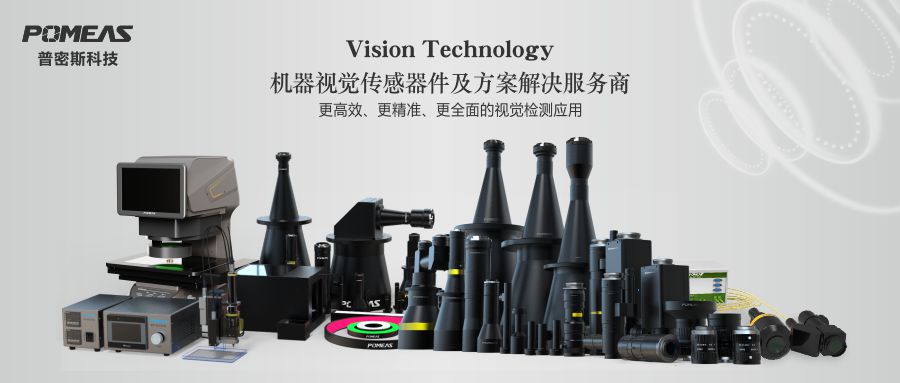
Vision inspection solutions play a pivotal role in today's industrial automation and quality control. By utilizing computer vision technology, we are able to achieve automatic detection, identification and accurate positioning of target objects in images, greatly improving productivity and product quality. However, to develop an efficient and accurate vision inspection program, we need to quickly and comprehensively understand and consider a number of key factors.


Steps to develop a visual inspection program
1、Define the target of the inspection:
① Determine the type of product or target object to be inspected.
② Define the specific targets for inspection, such as defect detection, size measurement, positional localization, etc.
2、Select image acquisition equipment:
① Select suitable image acquisition equipment according to the characteristics of the inspection target, such as cameras, digital cameras, etc.
② Consider the resolution, frame rate, spectral response and other parameters of the image acquisition device.
3、Image Preprocessing:
① Set image preprocessing steps, such as denoising, enhancing, smoothing, etc., to improve image quality.
② Select appropriate preprocessing algorithms and parameters according to the actual situation.
4、Feature extraction:
① Select the types of features to be extracted, such as shape, color, texture, etc., according to the characteristics of the detection target.
② Use image processing algorithms and machine learning techniques to realize feature extraction.
5、Target detection algorithm:
① Choose a suitable target detection algorithm, such as traditional computer vision algorithms (edge detection, template matching, etc.) or deep learning algorithms (e.g., convolutional neural networks).
② Adjust the algorithm parameters according to the actual situation to optimize the detection effect.
6、Result analysis and output:
① Set the methods for result analysis, such as classification, location information output, etc.
② Realize the visual display of the results according to the requirements, so as to facilitate the user's intuitive understanding of the detection results.
7、Program implementation and optimization:
① Formulate the implementation plan, including equipment selection, software development, system integration and so on.
② Collect feedback in the actual operation process, and continuously optimize and improve the program.
A clear, comprehensive and feasible visual inspection program can be developed through the above steps. In the actual application, it also needs to be adjusted and optimized according to the specific situation to meet the actual needs.
Product recommendation
TECHNICAL SOLUTION
MORE+You may also be interested in the following information
FREE CONSULTING SERVICE
Let’s help you to find the right solution for your project!

- APPICATION CASE
- RESOURCE CENTER
- DOWNLOAD CENTER
SOLUTIONS SUPPORT
- ZOOM LENS SELECTION TOOL
- TELECENTRIC LENS SELECTION TOOL
- FA LENS SELECTION TOOL
- ZOOM RATIO TABLE
- CERTIFIED MODEL
SELECTION TOOL
- WHY POMEAS
- FAQ
- PRIVACY POLICY
- TERMS OF USE
- DELIVERY & RETURN POLICY
CUSTOMER CARE
 ADDRESS
ADDRESS
Add.:No.68, Chongwei Road, Baizhoubian, East district, Dongguan, China, 523000
CONTACT
 Tel:+ 86-0769-2266 0867
Tel:+ 86-0769-2266 0867
 Fax:+ 86-0769-2266 0867
Fax:+ 86-0769-2266 0867
 E-mail:marketing@pomeas.com
E-mail:marketing@pomeas.com

Wechat QR code

 ASK POMEAS
ASK POMEAS  PRICE INQUIRY
PRICE INQUIRY  REQUEST DEMO/TEST
REQUEST DEMO/TEST  FREE TRIAL UNIT
FREE TRIAL UNIT  ACCURATE SELECTION
ACCURATE SELECTION 